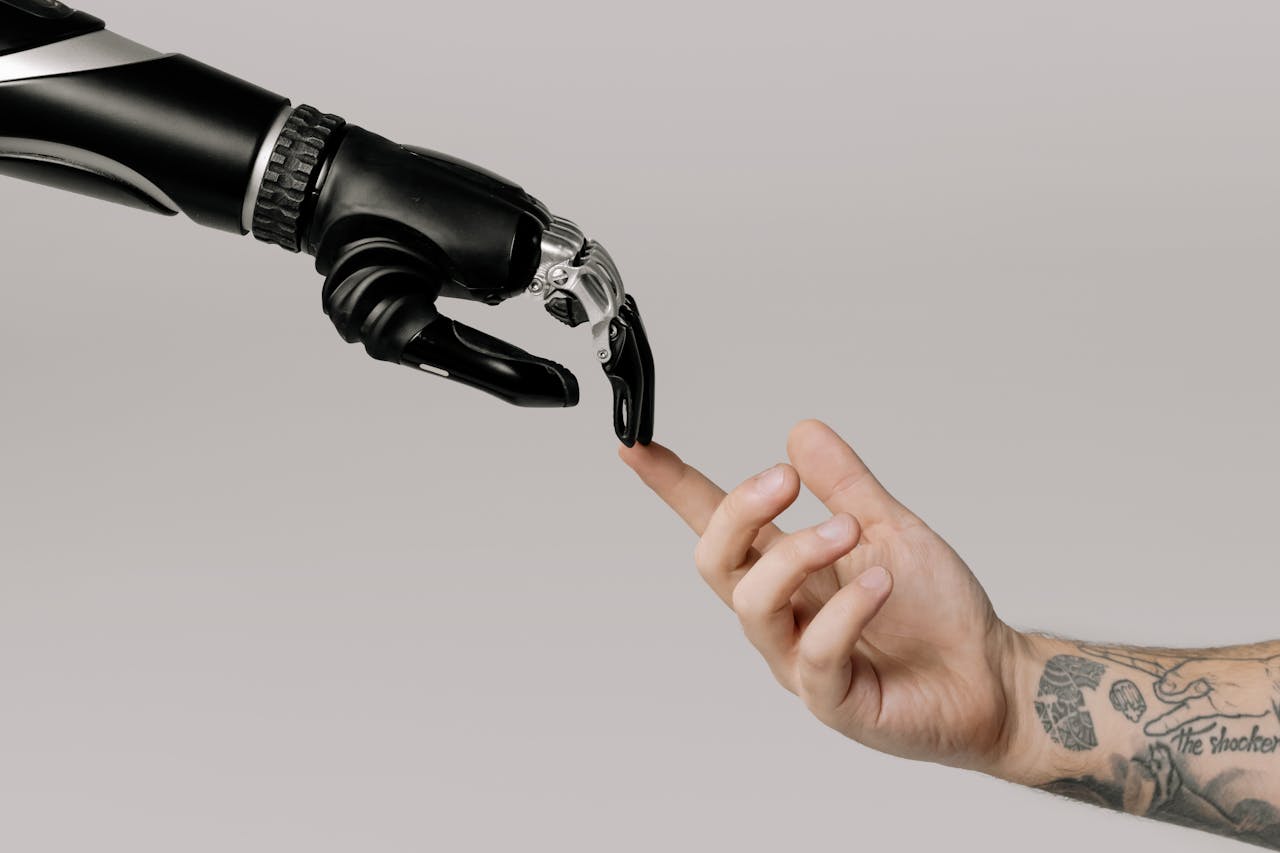The Future of Public Adjusters: How AI is Transforming the Claims Landscape
As the insurance industry continues to evolve, one thing is clear: technology, particularly artificial intelligence (AI), is reshaping how we approach claims. For public adjusters, clients, and insurers alike, this shift represents not just a wave of innovation, but a necessary step forward in an increasingly complex and fast-paced environment.
From speeding up claims to enhancing accuracy and transparency, AI offers tools that can streamline workflows, improve trust, and deliver better outcomes for all parties involved in the claims process.

The Public Adjuster’s Role — And Why It Still Matters
Public adjusters play a vital role in the insurance ecosystem. They work directly with policyholders to:
- Assess damage
- Interpret complex insurance policies
- Prepare accurate claim documentation
- Negotiate fair settlements

Their job is both technical and deeply personal—often helping families and businesses recover after disasters. While insurers have their own adjusters, public adjusters ensure that policyholders have professional representation too.
AI is not here to replace this function—but to enhance and empower it.
How AI Is Revolutionizing Claims Handling
1. Faster, Smarter Damage Assessment
AI-powered image recognition, drones, and mobile inspection apps can:
- Analyze property damage from photos or aerial footage
- Estimate repair costs based on real-time market data
- Reduce the time required for in-person inspections
For adjusters: This means faster turnarounds and more accurate initial reports.
For clients: It means quicker responses after a loss.
For insurers: It ensures data consistency across evaluations.
2. Automated Document Review and Policy Analysis
AI tools using natural language processing (NLP) can:
- Scan and interpret lengthy insurance policies
- Highlight relevant clauses and coverage limits
- Automatically flag discrepancies or missing documentation
For adjusters: Less time spent on policy interpretation.
For clients: Improved clarity and transparency.
For insurers: More accurate claim preparation and fewer disputes.
3. Predictive Analytics for Settlement Outcomes
Using vast datasets, AI can help predict:
- The likelihood of claim approval or denial
- Estimated settlement amounts
- Duration of claim resolution
For adjusters: Strategic decision-making and negotiation support.
For clients: Realistic expectations and better planning.
For insurers: Improved forecasting and risk management.
4. 24/7 Communication with AI Assistants
AI-driven chatbots and virtual assistants can:
- Provide claim status updates
- Answer policy questions
- Schedule inspections or calls
For adjusters: Fewer repetitive inquiries.
For clients: Instant access to information.
For insurers: Higher customer satisfaction.
5. Enhanced Fraud Detection
AI can identify unusual patterns or anomalies in claims data to detect fraud early—saving time, money, and legal complications.
For adjusters and insurers: It adds a layer of protection.
For clients: It reinforces the integrity of the system and ensures legitimate claims are prioritized.
The Human Element Is Irreplaceable
Despite all the advantages of AI, the heart of public adjusting remains human. Clients need empathy, guidance, and trust—things no algorithm can replace.
AI can handle the numbers. Adjusters handle the people.
And when both work together, outcomes improve for everyone.
What’s Next? A Tech-Enabled Future
As AI continues to develop, the insurance industry will see:
- More collaboration between adjusters and insurers through shared digital tools
- Training programs to equip professionals with AI skills
- Higher client expectations for speed, accuracy, and transparency
Adjusters who embrace this evolution won’t just survive—they’ll thrive.
Final Thoughts: A Win-Win for All
Whether you’re a public adjuster seeking efficiency, a policyholder in need of faster support, or an insurer managing risk, AI is creating common ground. The claims process is becoming more intelligent, more transparent, and more equitable—thanks to a blend of human expertise and machine-powered precision.
The future is not just automated. It’s collaborative.
Want to learn how to integrate AI tools into your claims workflow?
Let’s talk about how technology can improve your process—whether you’re representing a client, managing a claim, or handling a loss.

